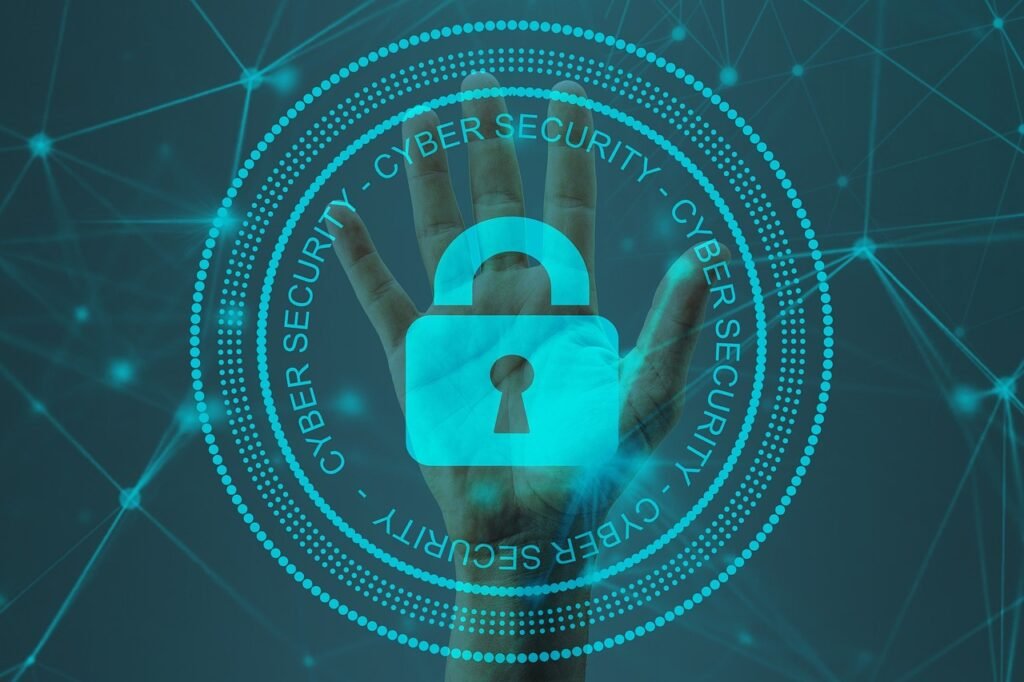Whether you’re a tech-savvy guru or just starting to explore the world of technology, keeping your devices safe from malware is essential. In this article, we will explore some of the top methods for protecting against malware, ensuring that your personal information, files, and online activities remain secure. From utilizing strong and updated antivirus software to practicing safe browsing habits, we’ve got you covered on all fronts. So, let’s dive into the world of malware protection and arm yourself with the knowledge and tools necessary to keep your devices safe.
Top Methods for Protecting Against Malware
Malware, short for malicious software, is a significant threat in today’s digital world. It comes in various forms, such as viruses, worms, Trojan horses, ransomware, and spyware, and can wreak havoc on your personal or business data. Fortunately, there are numerous methods you can implement to protect yourself against malware. This article will explore the top methods for safeguarding your devices and networks from these harmful intrusions.

This image is property of pixabay.com.
Implement Strong Antivirus Software
One of the most effective ways to defend against malware is by installing and regularly updating strong antivirus software. Antivirus programs are designed to detect and remove malicious software from your computer or mobile devices. They work by scanning your files and monitoring activities in real-time to identify any suspicious behavior. Additionally, antivirus software often includes features like web protection and email scanning, which can further enhance your defenses. With a reliable antivirus program in place, you can significantly reduce the risk of malware infiltrating your system.
Regularly Update Operating Systems and Software
Regularly updating your operating system (OS) and software is crucial for maintaining a secure digital environment. Software and OS updates often contain patches and fixes for vulnerabilities that malware could exploit. By keeping your devices up to date, you ensure that you have the latest security features and protections. Most operating systems and software have options for automatic updates, so you don’t have to worry about manually checking for updates. Enabling automatic updates will save you time and ensure that you have the best possible protection against malware.

This image is property of pixabay.com.
Enable Firewall Protection
Firewalls act as a barrier between your device and the outside world, monitoring incoming and outgoing network traffic. They are an essential security measure that can block unauthorized access to your system, including potential malware infection attempts. Most operating systems come with built-in firewalls that you can enable with a few simple clicks. It is crucial to have your firewall protection enabled to filter out any potentially harmful connections that could lead to malware infiltration.
Exercise Caution When Downloading and Opening Email Attachments
Email attachments are one of the primary ways malware can penetrate your system. Hackers often disguise malware as innocuous files or documents and send them through emails. Thus, it is essential to exercise caution when downloading and opening email attachments. Be wary of emails from unknown sources or those requesting urgent action. Verify the sender’s identity before downloading any attachments, especially if they are unexpected. Additionally, consider scanning attachments with antivirus software before opening them to ensure they are safe.

This image is property of pixabay.com.
Avoid Clicking on Suspicious Links
Links embedded in emails, instant messages, or websites can lead you to dangerous websites or initiate automatic downloads of malware. To protect yourself, it is crucial to avoid clicking on suspicious links. Be cautious about clicking on links that come from unknown sources or seem unusual. Hover your mouse over a link to preview the URL before clicking on it, as it may reveal suspicious characters or variations. When in doubt, it is better to err on the side of caution and avoid clicking on links that raise any suspicion.
Be Wary of Phishing Attempts
Phishing is a common tactic used by cybercriminals to trick individuals into disclosing sensitive information or installing malware. These fraudulent attempts often come in the form of emails, messages, or websites impersonating legitimate organizations. It is essential to remain vigilant and be wary of phishing attempts. Look for signs of suspicious or unprofessional communication, such as spelling mistakes or unfamiliar email addresses. Legitimate organizations will never ask you to provide sensitive information through insecure channels. If you receive a suspicious request, contact the organization through their official channels to verify its authenticity.
Practice Safe Browsing Habits
Safe browsing habits are essential for protecting against malware. Avoid visiting suspicious websites that may host malicious content. Stick to well-known and trusted websites, especially when entering personal or financial information. Keep an eye out for HTTPS in the website’s URL, as it indicates a secure connection. HTTPS encrypts data exchanged between your device and the website, making it difficult for hackers to intercept and manipulate the information. It is also advisable to clear your browser cache and cookies regularly to minimize the risk of malware lurking in your browsing history.
Use a Virtual Private Network (VPN)
A Virtual Private Network (VPN) adds an additional layer of security to your internet connection. It encrypts your data and routes it through a secure server before reaching its destination. By using a VPN, you can protect your online activities from prying eyes and potential malware attacks. VPNs are particularly useful when connecting to public Wi-Fi networks, as these networks are often unencrypted and more susceptible to cyber threats. When using a VPN, your data remains confidential and protected, reducing the risk of malware interception and unauthorized access.
Secure Network and Wi-Fi Connections
Securing your network and Wi-Fi connections is vital for safeguarding your devices against malware. Start by changing the default passwords and usernames on your routers and ensuring you use strong, unique passwords. Regularly update your router’s firmware to benefit from the latest security enhancements. It is also advisable to disable remote management access to minimize the risk of unauthorized individuals accessing and tampering with your network settings. When connecting to public Wi-Fi networks, exercise caution and avoid performing sensitive activities, such as online banking or shopping, without using a VPN.
Educate and Train Employees on Malware Prevention
In a business setting, educating and training employees on malware prevention is crucial for maintaining a secure network and protecting sensitive data. Conduct regular training sessions to familiarize employees with common malware risks and prevention strategies. Teach them about the importance of strong passwords, safe browsing habits, and cautious email attachment practices. Additionally, encourage employees to report any suspicious emails, links, or activities they encounter. By fostering a culture of awareness and vigilance, you empower your employees to play an active role in preventing malware infections and safeguarding your organization’s digital assets.
In conclusion, protecting against malware requires a multi-layered approach that combines strong antivirus software, regular system updates, firewall protection, cautious email practices, safe browsing habits, and secure network connections. By implementing these top methods for malware prevention, you can significantly reduce the risk of falling victim to malicious software. Remember that staying informed, educating yourself and your employees, and being vigilant are key to maintaining a safe and secure digital environment.
